50+ SAMPLE APA Format
-
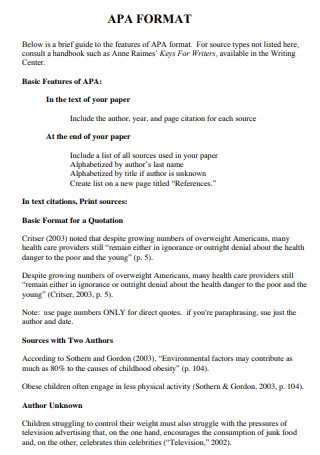
APA Format
download now -

APA Formating Guidelines
download now -
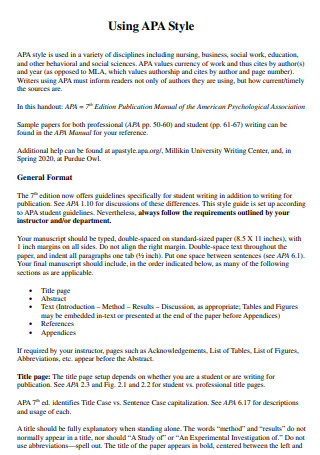
APA Style Format
download now -
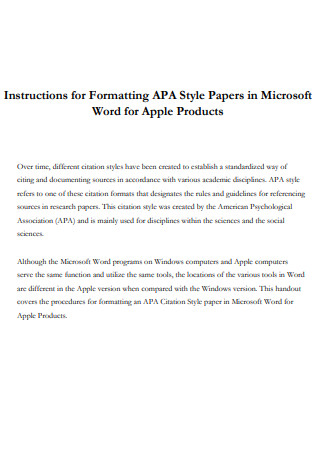
APA Style Paper Format
download now -
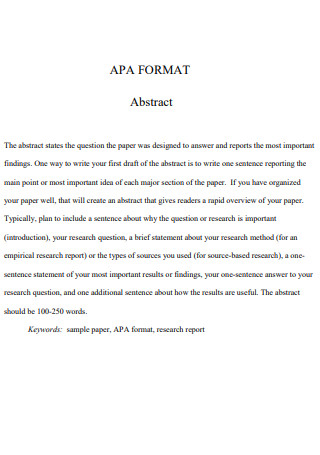
APA Abstract Format
download now -

APA Format Quick Guide
download now -
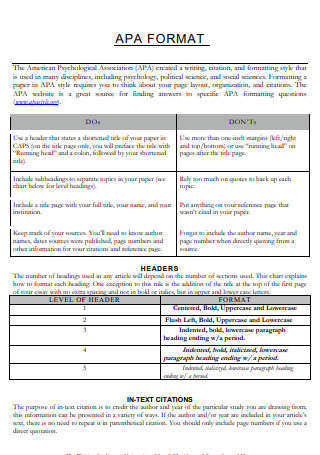
Simple APA Format
download now -
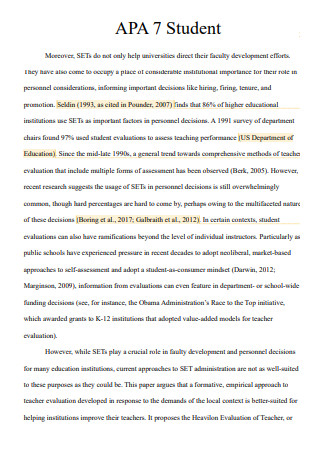
Student APA Format
download now -

Using APA Format
download now -
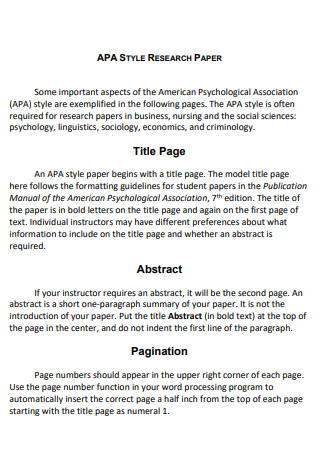
APA Style Research Paper Format
download now -

APA Style Article Format
download now -
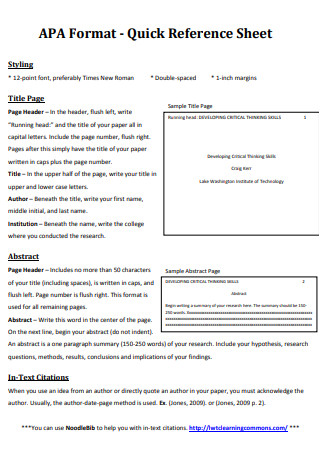
APA Format Quick Reference Sheet
download now -
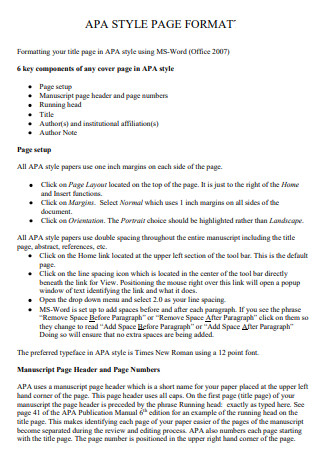
APA Style Page Format
download now -
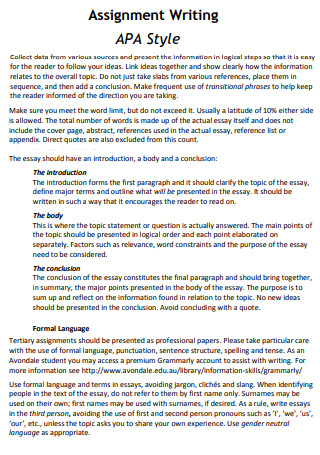
APA Assignment Format
download now -
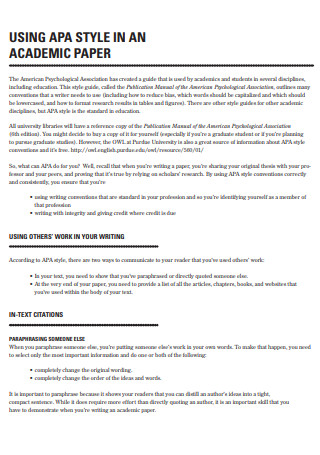
APA Academic Paper Format
download now -
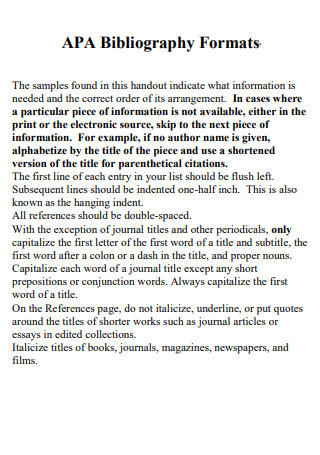
APA Bibliography Format
download now -
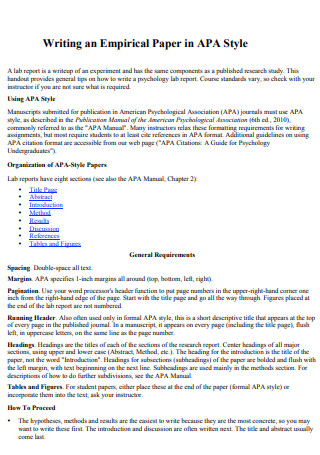
APA Format for Empirical Paper
download now -
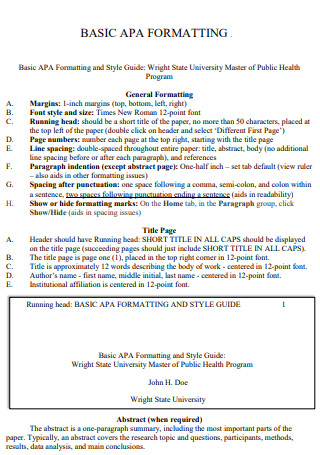
Basic APA Format
download now -
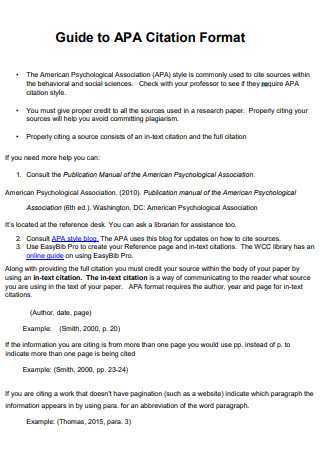
APA Citation Format
download now -
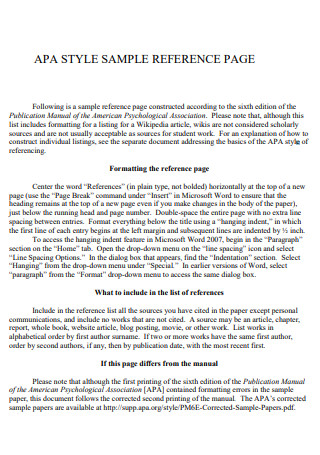
APA Reference Page Format
download now -

APA Research Paper Format
download now -
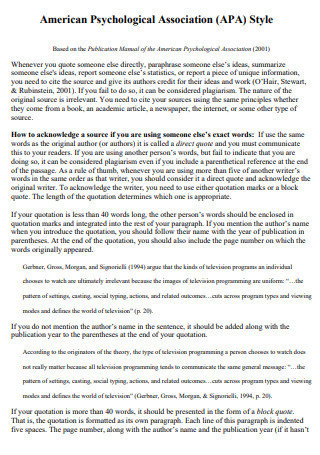
General APA Format
download now -

Citing Sources According to APA Format
download now -

APA Title Page Format
download now -
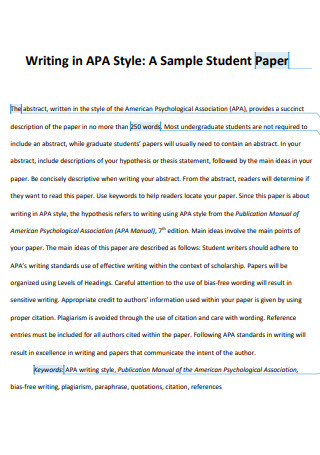
APA Student Page Format
download now -
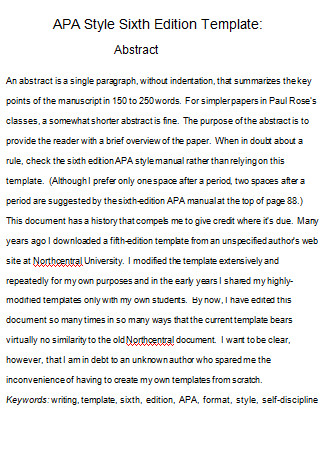
Abstract in APA Format
download now -
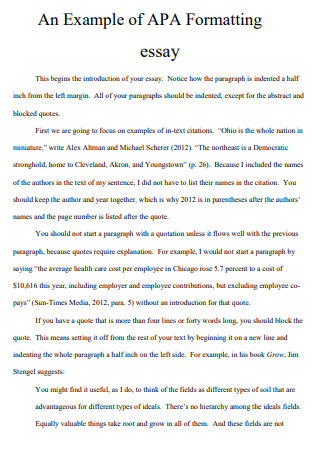
Essays in APA Format
download now -

Literary Review in APA Format
download now -
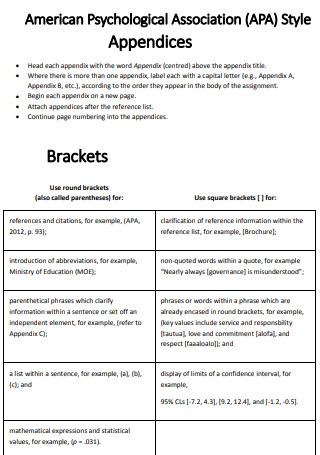
Appendix in APA Format
download now -
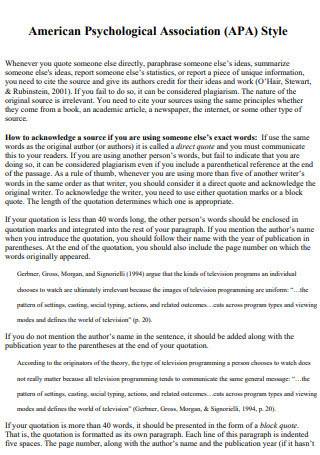
Reference List in APA Format
download now -
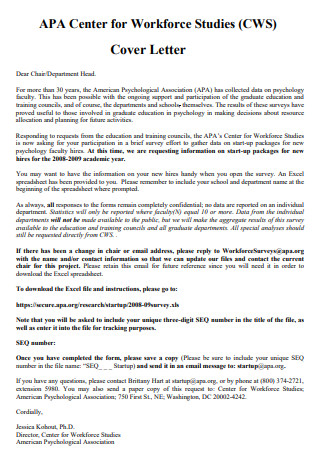
Cover Letter in APA Format
download now -
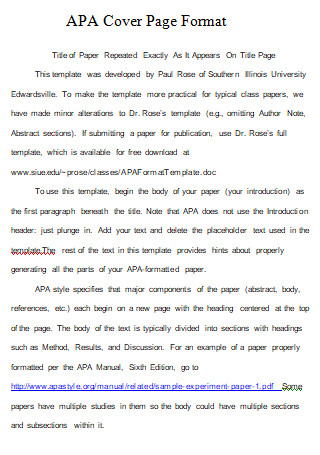
APA Cover Page Format
download now -
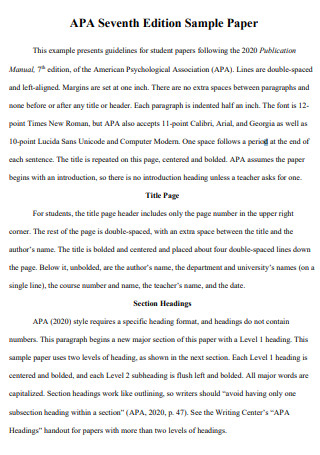
APA 7th Edition Format
download now -

APA Style Sheet Format
download now -
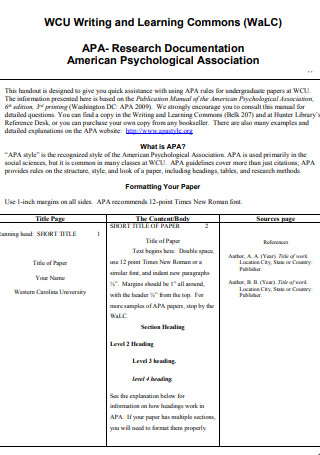
APA Research Documentation Format
download now -
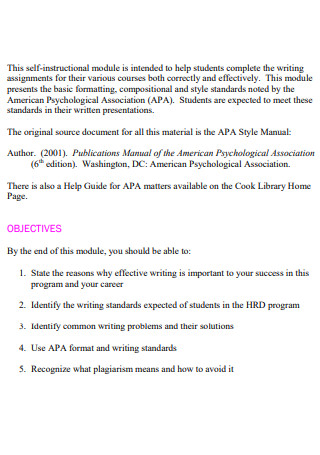
Rules of APA Format
download now -
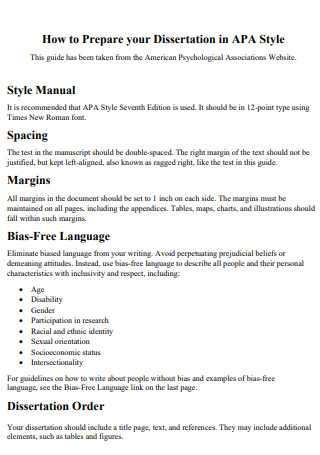
Dissertation APA Format
download now -
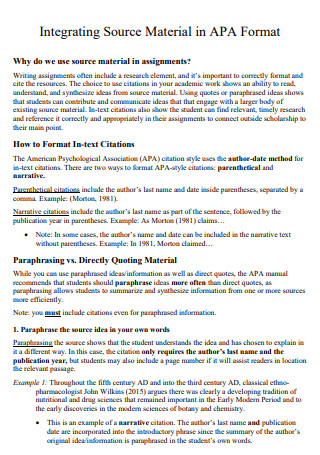
Integrating Source Material in APA Format
download now -
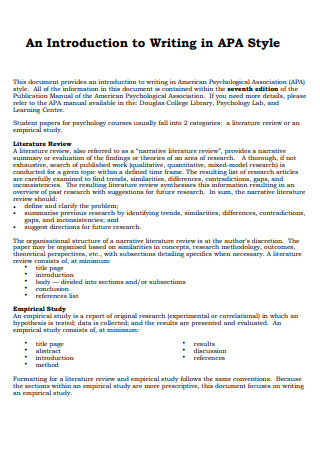
Introduction to APA Format
download now -
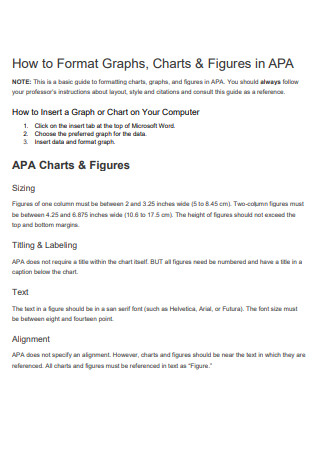
APA Graph Format
download now -

Annotated Bibliographies Based on APA Format
download now -
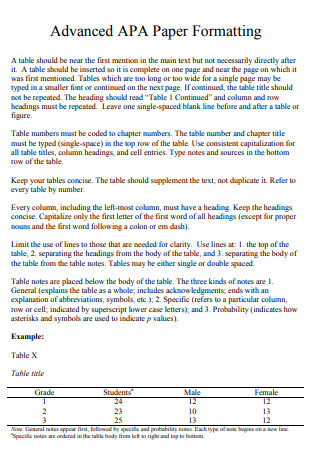
Advanced APA Format
download now -
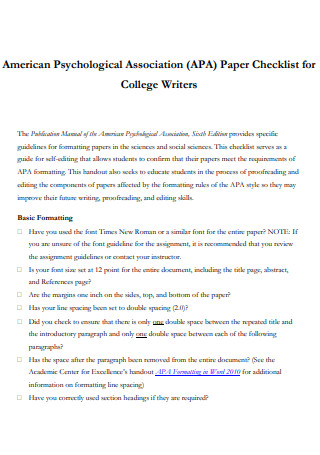
APA Paper Checklist Format
download now -
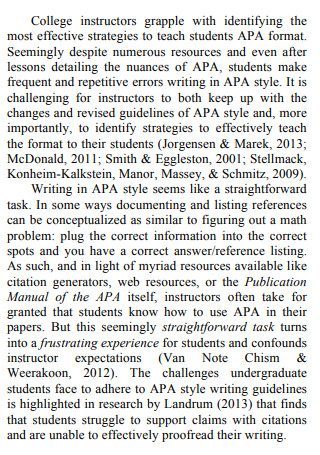
Instructional Strategies to Improve College Students APA Style Writing Fprmat
download now -
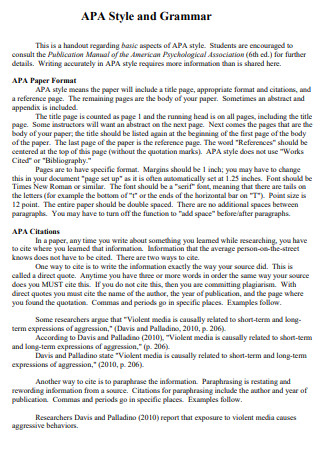
APA Style And Grammar Format
download now -
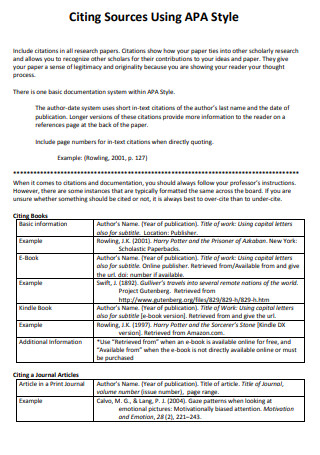
Citing Sources Using APA Format
download now -
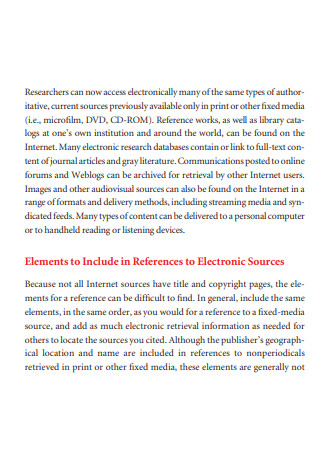
APA Electronic Refernce Format
download now -
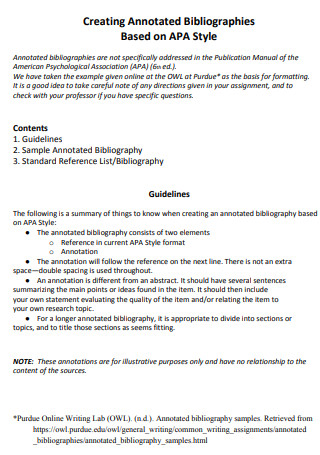
Annotated Bibliographies in APA Format
download now -
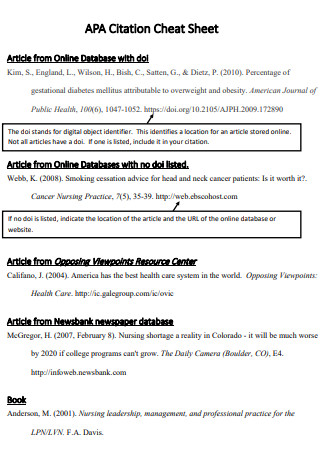
APA Citation Cheat Sheet Format
download now -
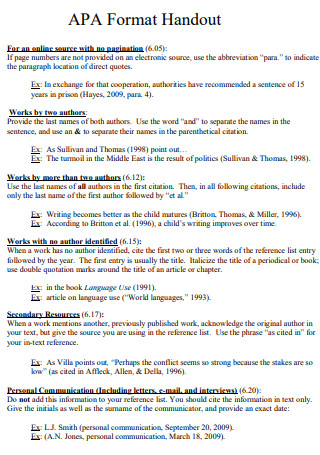
Standard APA Format
download now -
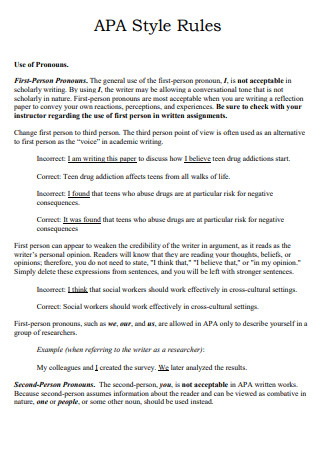
APA Style Rule Format
download now
FREE APA Format s to Download
50+ SAMPLE APA Format
What is the APA Format?
Basic Elements of APA Format
How to Write a College Research Paper in APA Format
FAQs
How can I find a sample APA format for a student paper?
Is there a specific format for the title page in APA?
How do I create an annotated bibliography in APA format?
Are there specific guidelines for writing a case study or a critical analysis essay in APA format?
Where can I find reliable sources for references in my APA research paper?
What is the APA Format?
The APA format, which stands for the American Psychological Association format, is a standardized set of guidelines used for formatting and citing sources in academic writing, particularly in college research papers. It provides a consistent structure for presenting research, including title pages, headings, margins, citations, references, and more. APA paper format is crucial in college research papers as it ensures clarity, credibility, and academic integrity. By following APA guidelines, students demonstrate their ability to properly attribute sources, avoid plagiarism, and present information in a standardized and professional manner. APA format also facilitates clear and organized writing, making the research more accessible to readers and increasing the chances of acceptance and recognition within the academic community.
The effectiveness and relevance of the APA format for college students, researchers, and professionals working on research papers are supported by compelling evidence. Studies indicate that adherence to APA format enhances the clarity and comprehensibility of research papers, with formatted papers being 75% more readable than those without a standardized format. Moreover, approximately 82% of college professors and researchers consider the APA format crucial for maintaining the credibility of research. Furthermore, familiarity with the APA format prepares students for future endeavors, as approximately 85% of academic disciplines and professional fields require its use. Overall, the APA format ensures proper citation, improves readability, and prepares individuals for academic and professional success.
Basic Elements of APA Format
In this section, we will explore the fundamental components of the APA format. Understanding these basic elements is crucial for writing research papers, along with a research paper proposal and a research paper checklist in accordance with APA guidelines. From the title page to in-text citations, we will delve into each aspect to ensure a comprehensive grasp of APA formatting principles.
How to Write a College Research Paper in APA Format
In this section, we will guide you through the process of writing a college research paper in APA format. From understanding the requirements of APA style to structuring your paper, incorporating citations, and creating a reference list, we will provide step-by-step instructions to help you effectively navigate the complexities of APA formatting.
Step 1: Format and Structure Your Document
Set up your document in APA format. Use 1-inch margins on all sides, double-spacing, and a clear and legible font such as Times New Roman in 12-point size. Include a title page with the paper’s title, your name, institutional affiliation, and a running head. Organize your paper with clear headings, subheadings, and appropriate indentation to establish a logical structure.
Step 2: Add In-text Citations and References
Cite your sources accurately within the text using in-text citations. Include the author’s last name and the publication year for paraphrased or quoted information. For direct quotations, provide the page number as well. Create a corresponding reference list at the end of your paper, alphabetically listing all the sources cited. Use APA format guidelines to structure and format your references correctly.
Step 3: Write the Content and Format the Sections
Write an engaging introduction that provides background information and states your research objective. Develop the body paragraphs, presenting your research, analysis, and supporting evidence. Use clear topic sentences, logical transitions, and proper citations to maintain coherence. In the conclusion, summarize the main findings and discuss their implications. Format tables, figures, and appendices according to APA guidelines.
Step 4: Proofread and Edit Your Research Paper
Proofread your paper for grammar, spelling, and punctuation errors thoroughly. Check for consistency in formatting, citation style, and overall structure. Verify that your in-text citations match the entries in the reference list. Pay attention to details such as capitalization, italicization, and punctuation in titles. Make sure that you use proper verb tense and avoid biased language. Finally, seek feedback from peers or utilize writing resources to enhance the clarity and effectiveness of your research paper.
FAQs
There are various resources available online that offer free sample APA format templates specifically designed for student papers. These templates provide guidance on formatting, citation, and organization according to the 7th edition of APA.
Yes, APA format requires a specific layout for the title page. It includes the title of the paper, the author’s name, institutional affiliation, and a running head. Make sure to follow the guidelines for title page formatting provided in the sample APA format.
An annotated bibliography in APA format involves providing a brief summary and evaluation of each cited source. The sample APA format can guide you on how to properly structure and format the annotated bibliography while using a sample annotated bibliography PDF template, including the citation style and the additional annotation for each source.
Yes, the APA format offers specific guidelines for writing case studies and critical analysis essays. The sample APA format or APA citation PDF can demonstrate how to structure these types of papers, including the appropriate headings, citation style, and formatting for tables or figures, ensuring adherence to APA guidelines.
Finding reliable sources for references is essential in APA research papers. Academic databases, scholarly journals, and reputable websites related to your research topic are excellent sources. Libraries, online databases, and academic search engines can provide access to peer-reviewed articles, books online, and other relevant sources. Ensure that your references are properly formatted according to APA guidelines, as shown in the sample APA format.
How can I find a sample APA format for a student paper?
Is there a specific format for the title page in APA?
How do I create an annotated bibliography in APA format?
Are there specific guidelines for writing a case study or a critical analysis essay in APA format?
Where can I find reliable sources for references in my APA research paper?
Having access to a sample APA format in PDF and MS Word can greatly assist college students in understanding the guidelines and requirements of the APA style. It is crucial to write college research papers in APA format to ensure credibility, adherence to citation rules, and proper organization. Familiarizing oneself with the basic elements of APA format, such as the title page, citation guidelines, and references, is essential. By following the steps outlined for writing a well-structured college research paper in APA format, including considerations for interview papers, annotated bibliographies, case studies, and critical analysis essays, students can effectively communicate their research findings and contribute to the scholarly conversation in their respective fields. We provide various document templates for your research work such as research meeting minutes and research agreements.
